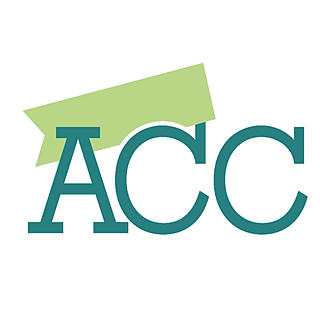National Report Reveals $97B In Additional Material and Labor Costs For Subcontractors in 2022
- Arizona Contractor & Community
- May 5, 2023
- 3 min read
Despite this resulting in crunched margins, the industry remains optimistic for 2023
Billd, the leading provider of material and labor financing solutions for commercial subcontractors, announces today the release of their third annual construction industry market report, the 2023 National Subcontractor Market Report: $97 Billion in Extra Weight on the Shoulders of America's Subcontractors. Billd surveyed nearly 900 commercial construction professionals across the country, largely consisting of business owners and executives, most of whom have been in business for 10 years or longer. The report indicates that subcontractors continued to bear the brunt of rising input costs for materials and labor in 2022 to the tune of $97 billion in unplanned expenses.

Rising material costs and price volatility are not new issues for subcontractors, with 81% of those surveyed reporting a negative effect on their businesses in 2022; 80% expect that trend to continue. It is no surprise given material costs jumped a staggering 26%, according to respondents. Similarly, competition for labor due to the longtime labor shortage was validated by a 15% average increase in labor cost. Together, those increases amounted to $97 billion in additional expenses for the subcontractor. While some subcontractors increased their bids to offset these rapidly rising costs, one third of respondents were unable to raise those bids commensurate with their expenses. This resulted in 57% of businesses reporting a decrease in profitability, despite 61% reporting revenue growth.
"Subcontractors are the foundation of the construction industry, providing all material and labor to complete a project," said Chris Doyle, CEO of Billd. "They purchase that material and pay for that labor upfront, not being paid for their work for 74 days, a result of the dysfunctional payment cycle. If you add unplanned expenses due to rising costs in material and labor, it puts an unrealistic burden on subcontractors to provide that foundation."
"Despite these compounding challenges, subcontractors remain optimistic about their businesses. This report highlights the entrepreneurial spirit subcontractors continue to exhibit each and every year," Doyle says.
The report examines how macroeconomic conditions from this and prior years impacted subcontractors in 2022, as well as their outlook for 2023. It also creates hope by providing perspective on new financing options subcontractors can leverage as mainstays – like supplier terms – become less reliable. 72% of respondents report having supplier terms of 30 days or less. Compared to a 74-day average wait time for payment, it is no surprise that 51% deem the length of their terms insufficient. Supplier terms also have an unforeseen cost; most suppliers (also surveyed) state that they offer discounts for upfront payment. Despite those disadvantages, 87% of respondents still rely on supplier terms as their predominant means of buying materials. When it comes to funding their increasing labor costs, traditional financing options are even less accessible, leaving 87% of respondents coming out of pocket for labor before getting paid themselves. Luckily, the report highlights financial relief for labor as well as materials.
"Subcontractors are resilient and optimistic but need more tools to navigate this increasingly challenging environment," said Doyle. "The payments supply chain in construction is terribly broken, leaving subcontractors to finance a $1.8 trillion dollar industry with very few cash flow solutions offered to them. Billd stands as the one company truly championing the subcontractor, helping them get the financial support they need to do the best work of their lives. This report highlights the persistent subcontractor challenges that Billd was created to address; providing subcontractors better financing options to weather rising costs, meet project requirements, and lay the foundation for further growth."








Comments